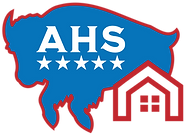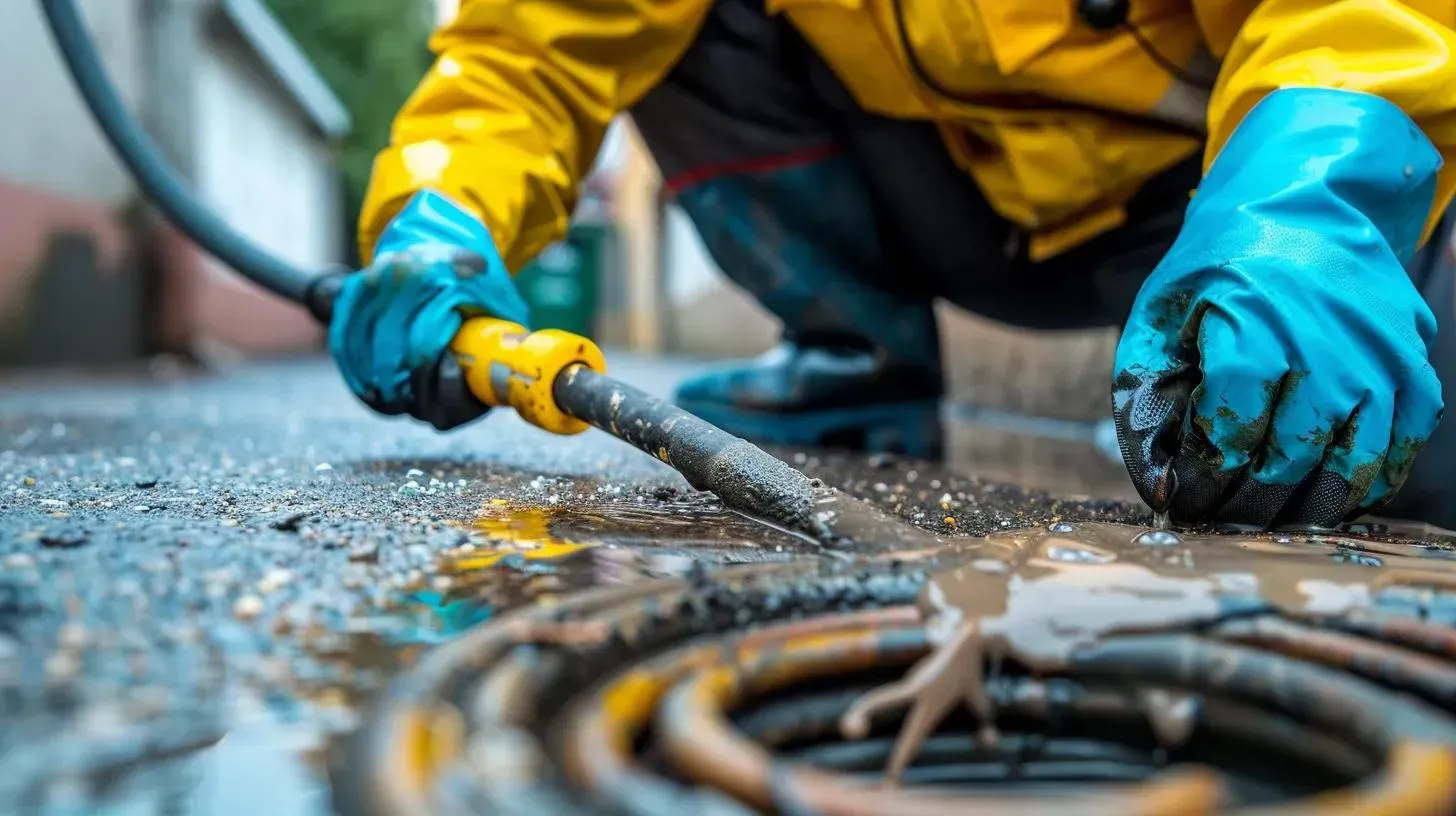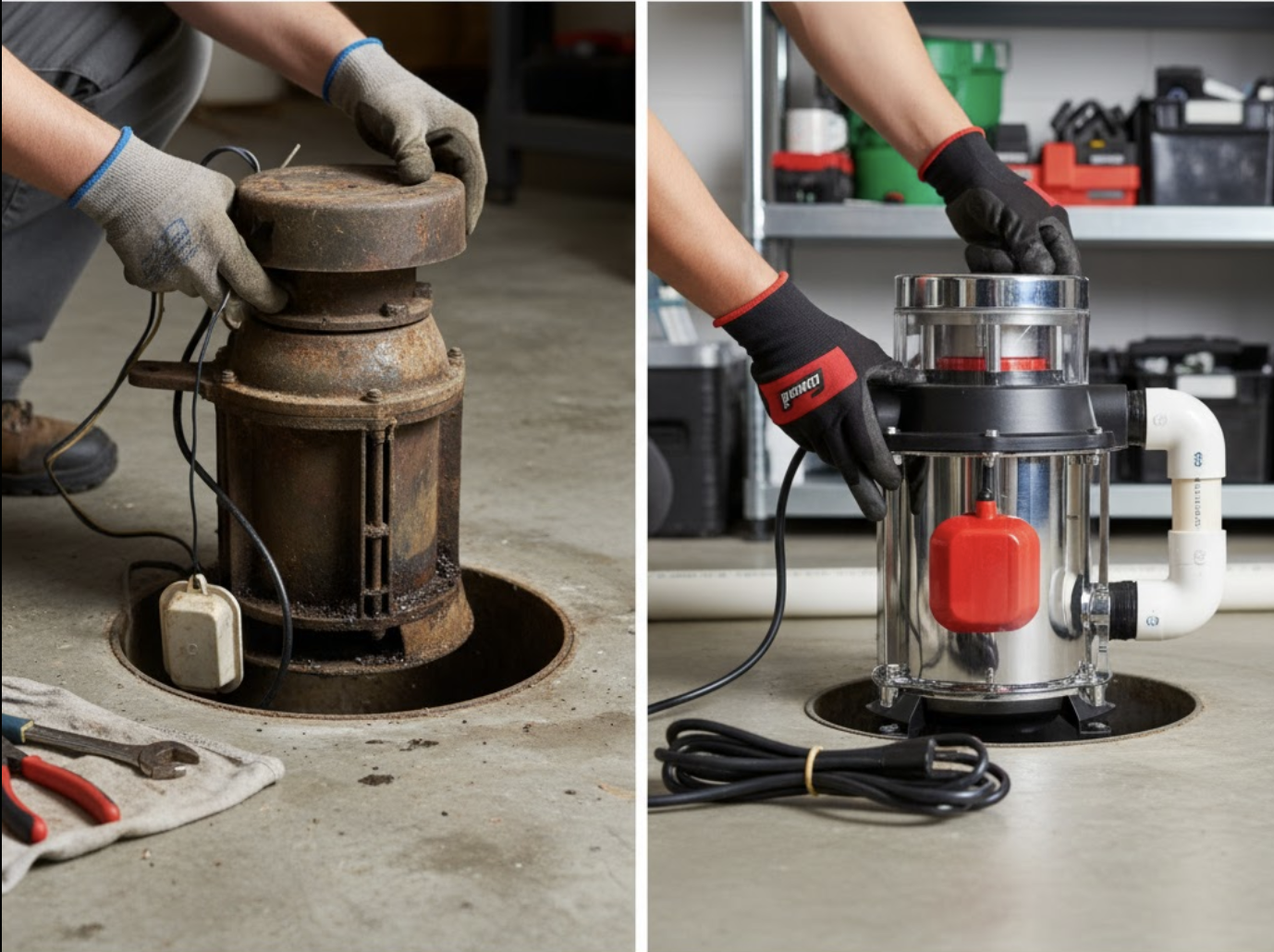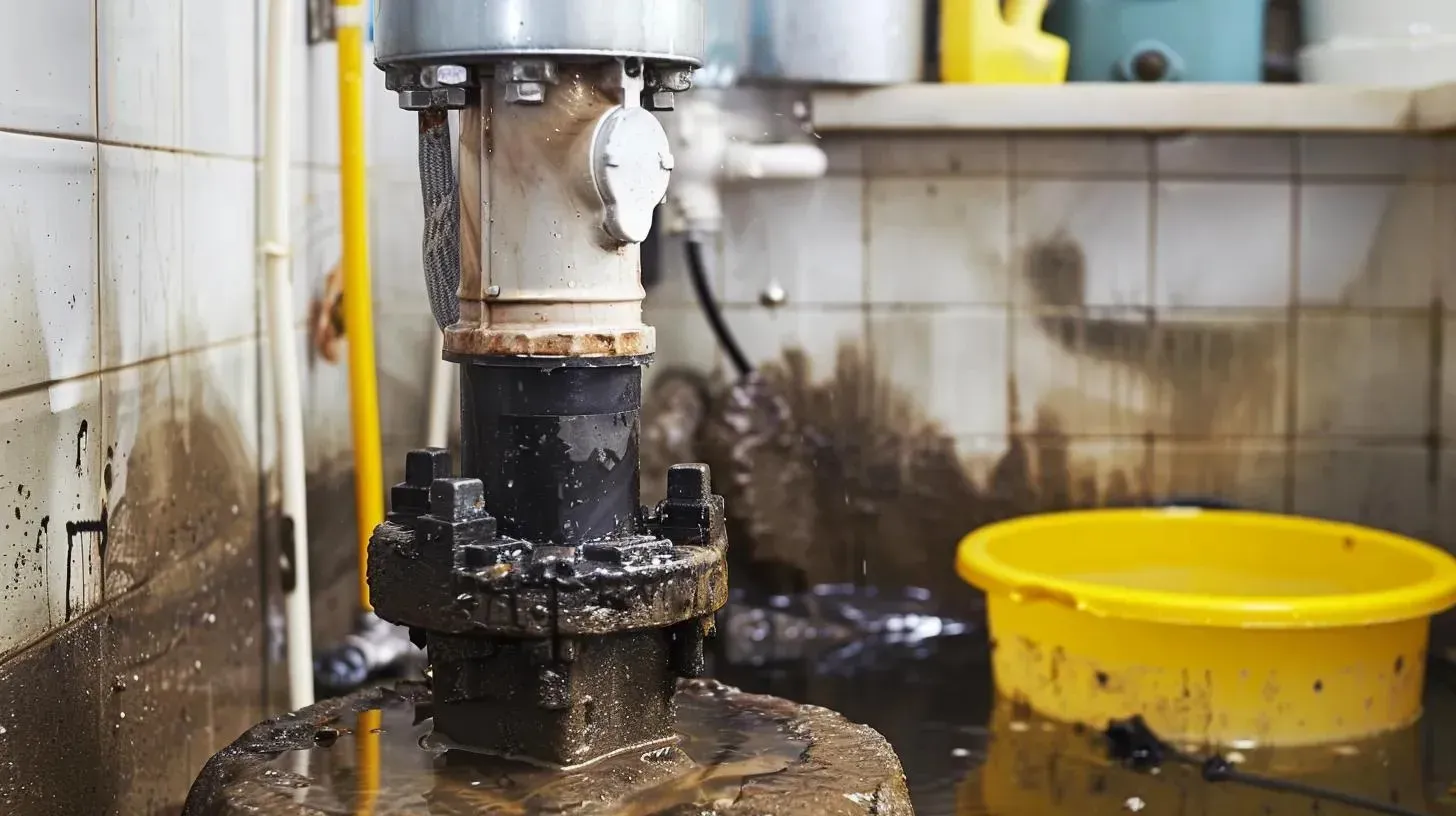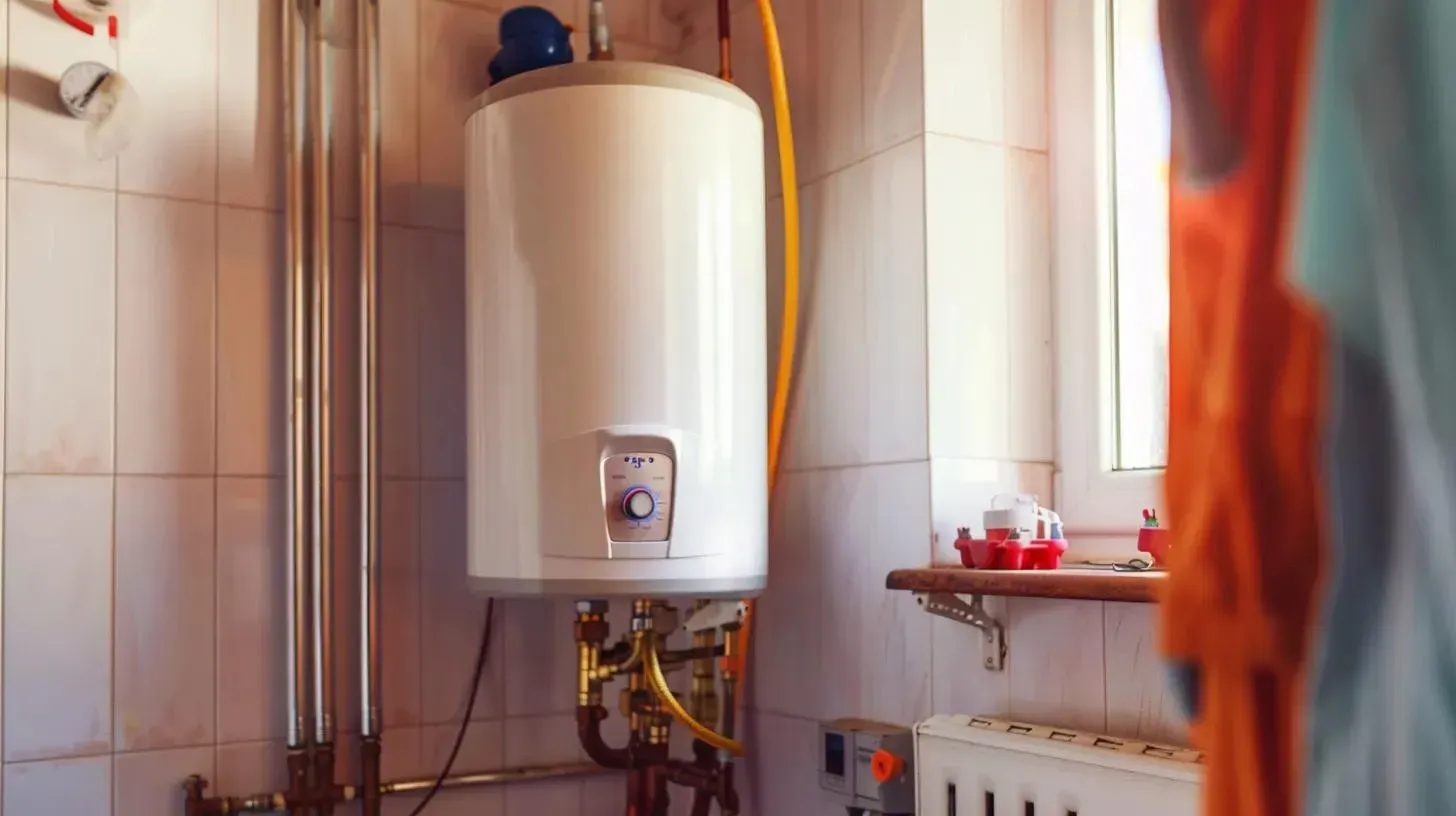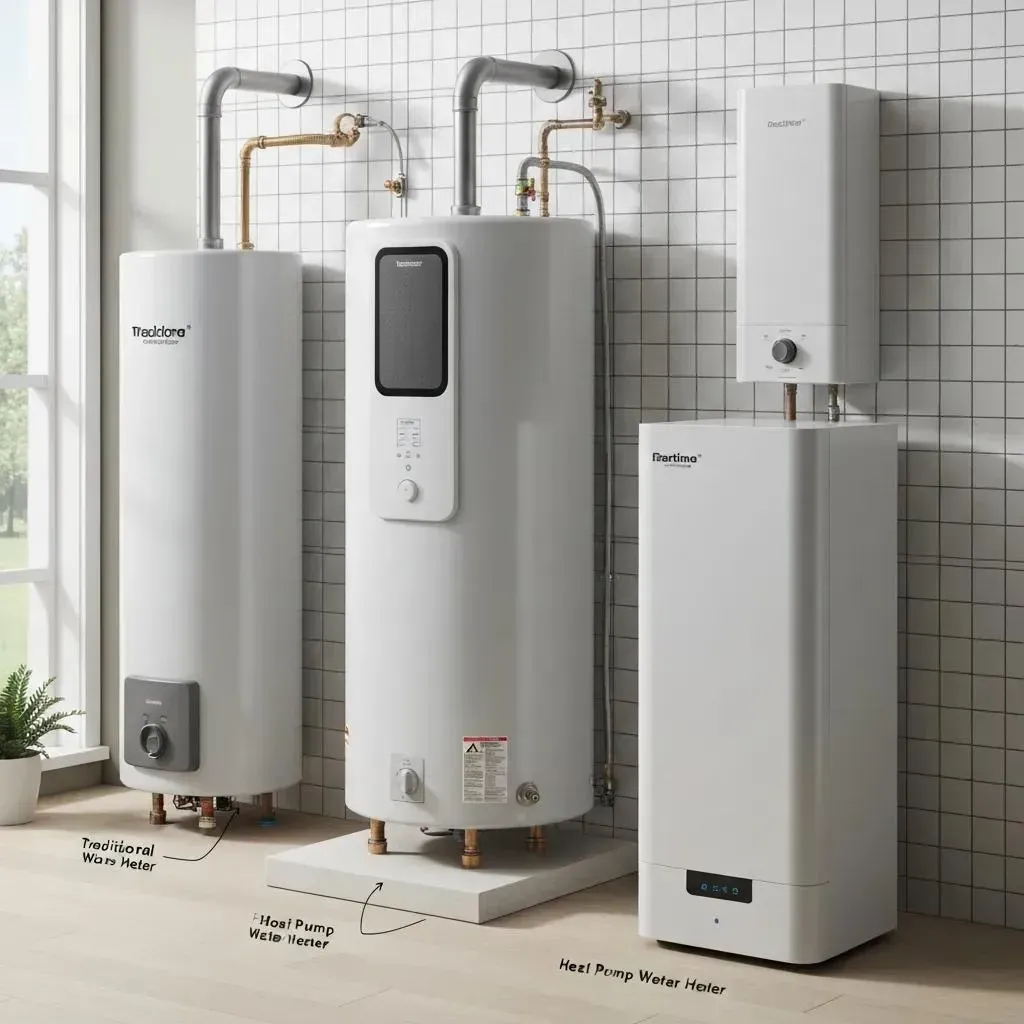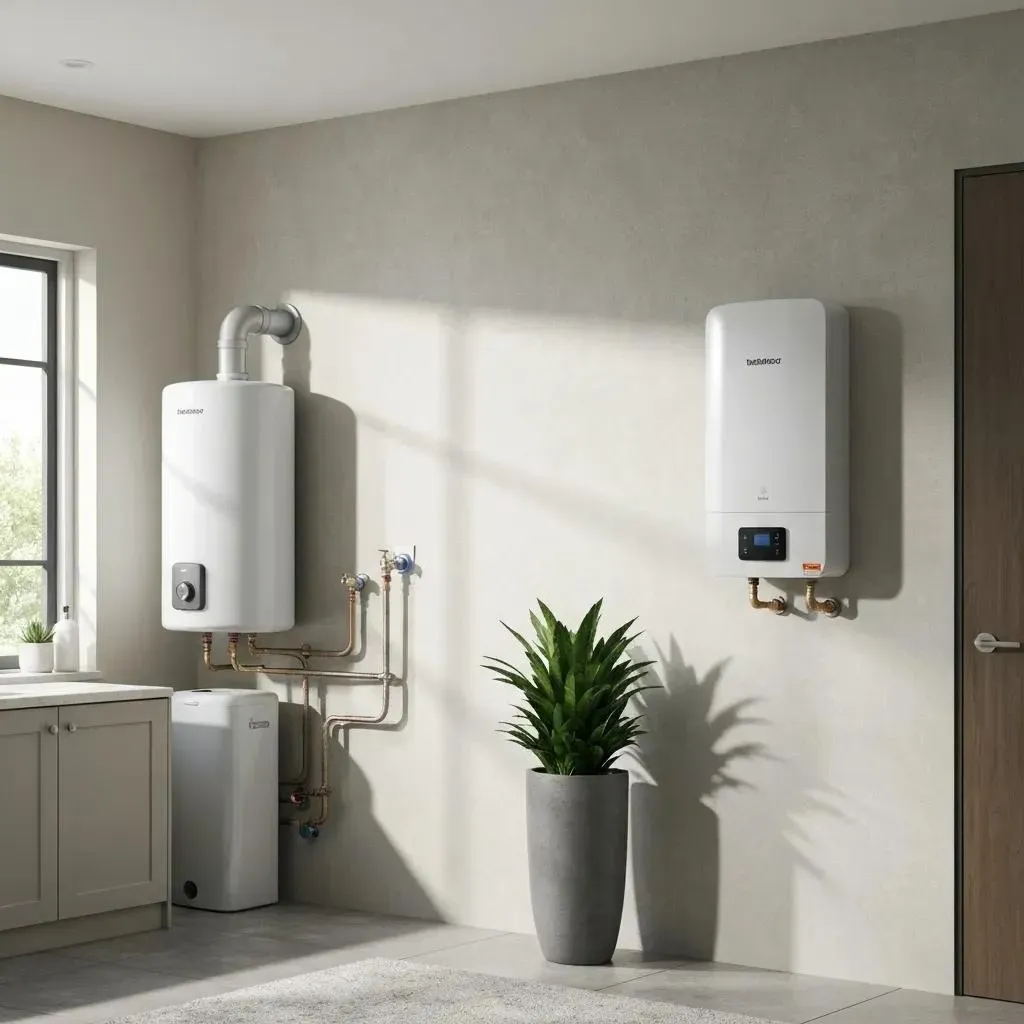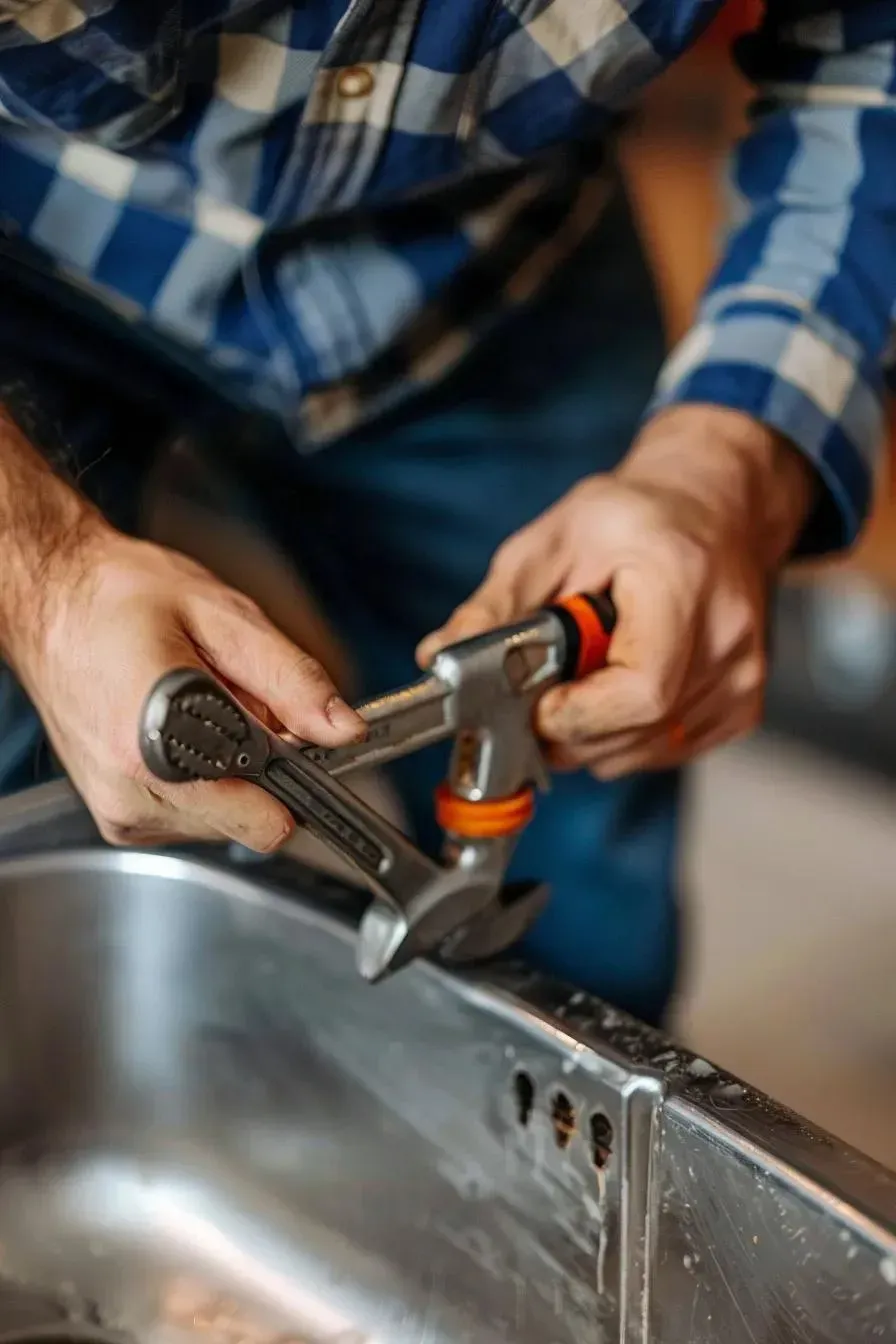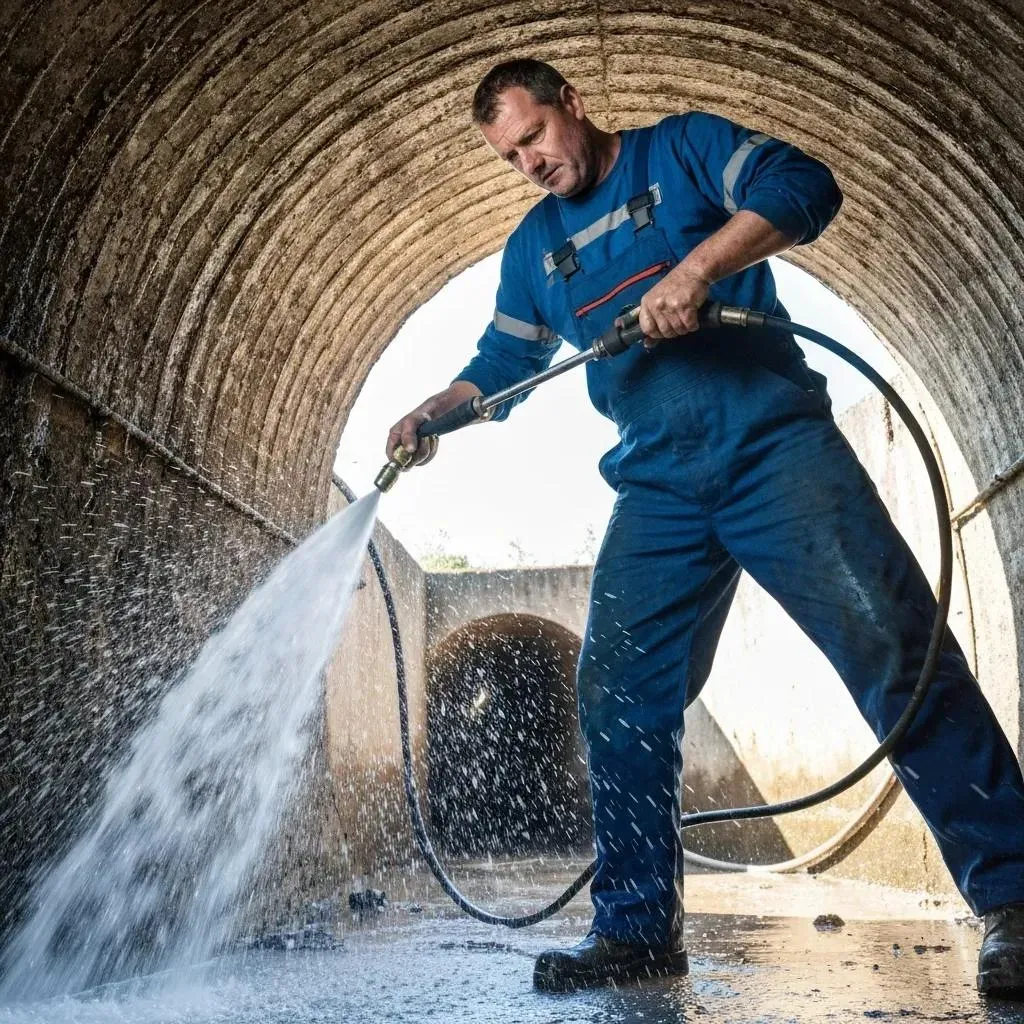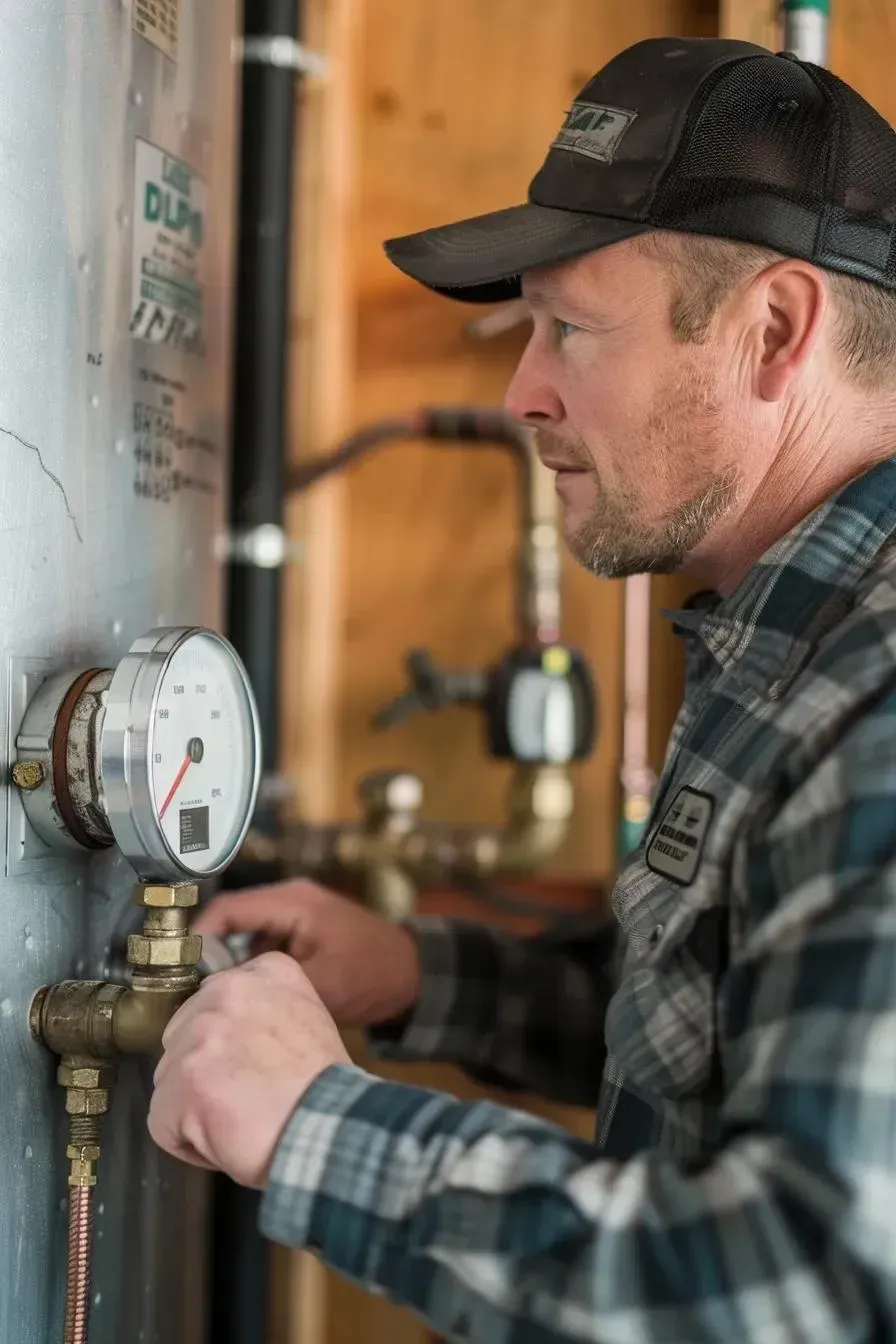Emergency Plumbing Guide: Shut-Offs, Safety & Damage Control
Emergency Plumbing Checklist: What To Do First to Minimize Damage and Ensure Safety
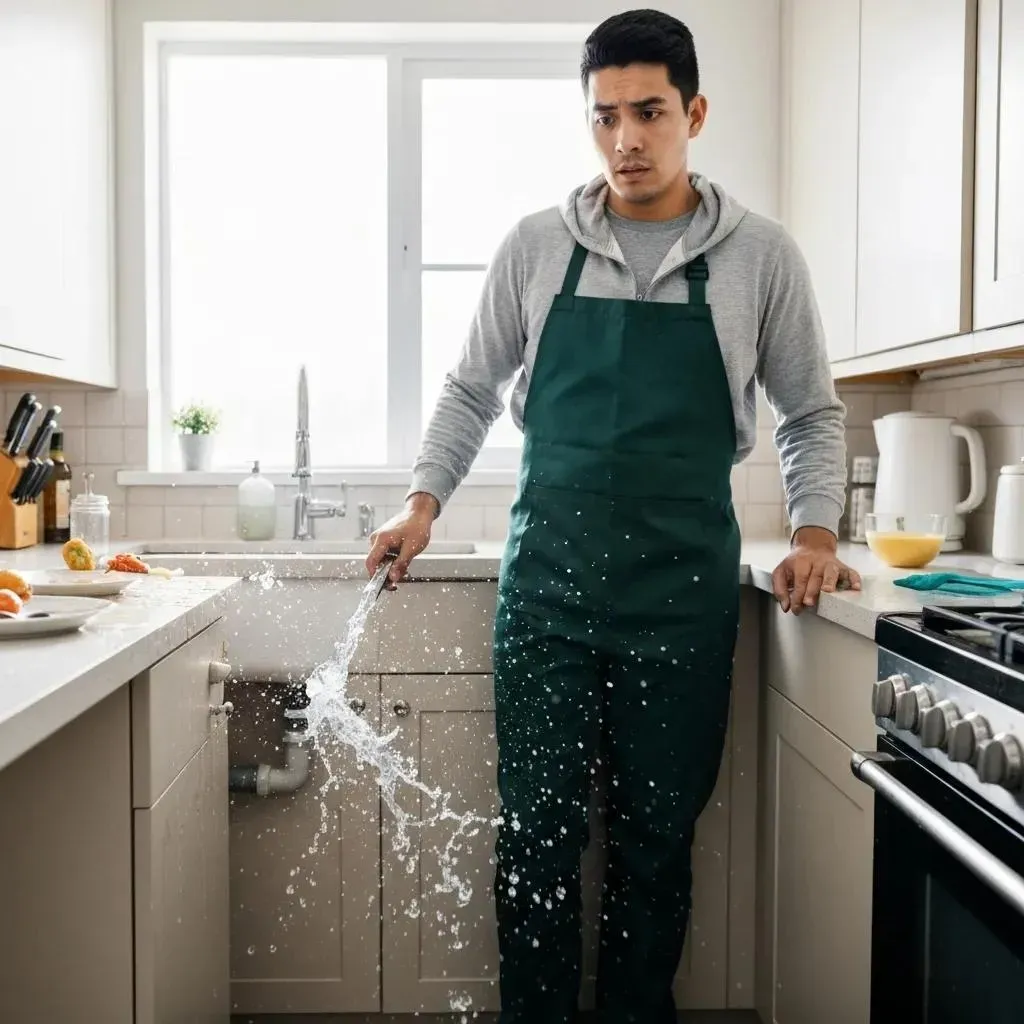
A single plumbing failure can unleash thousands of gallons of water in minutes, causing extensive property loss and health hazards. Acting swiftly on an emergency plumbing scenario protects your home and family, and paves the way for reliable professional repairs. In this guide, you will learn to:
- Identify true plumbing emergencies and gauge their urgency
- Locate and shut off water and heater systems to halt damage
- Contain leaks safely while documenting issues for insurance
- Assess and pinpoint the source of the problem
- Know exactly when to call a 24-hour plumber for expert intervention
- Implement preventive measures to avoid future crises
Whether you’re a homeowner, apartment resident, or property manager in Denver, this emergency plumbing checklist ensures safety and minimizes disruption before a professional arrives.
5 Expert Ways to Handle a Plumbing Emergency Before Help Arrives
Knowing what to do in the initial moments of a plumbing emergency can prevent extensive damage. The first step is to shut off the water supply, either at the fixture or the main valve. Containing the water and documenting the damage with photos are also crucial steps.
This source provides a checklist of immediate actions to take during a plumbing emergency, which aligns with the article's focus on minimizing damage and ensuring safety.
What Are the Signs of a True Plumbing Emergency?
Recognizing a genuine plumbing crisis is the first step toward damage control and safety.
Which Plumbing Issues Require Immediate Attention?
A burst pipe, sewage backup, or gas leak demands urgent action to prevent structural harm and health risks.
- Burst Pipe: Sudden spray or gushing water under high pressure.
- Sewer Backup: Foul water emerging from drains or toilets.
The Hidden Dangers of Sewage Backups and How to Handle Them Safely
Sewage backups pose significant health risks due to the presence of harmful bacteria, viruses, and parasites. Exposure can lead to infections and diseases. Immediate action, including stopping water use and contacting a professional, is critical to minimize health risks and property damage.
This source highlights the health hazards associated with sewage backups, which is relevant to the article's discussion of plumbing emergencies and health risks.
- Gas Leak: Rotten-egg odor near gas appliances or lines.
Early identification avoids costly restorations and preserves indoor air quality.
How Can You Recognize Water Damage and Health Hazards?
Water stains, bulging walls, musty odors, or mold spots signal hidden leaks. Health hazards include:
- Mold Growth: Triggers respiratory issues.
- Structural Rot: Compromises beams and drywall.
- Electrical Shock: Water contacting wiring.
Spotting these signs quickly reduces long-term repair costs and health dangers.
When Is It Safe to Attempt Temporary Fixes?
Temporary DIY repairs work only when leaks are minor and tools are on hand. Apply pipe tape or rubber patches around small drips if you have:
- Shut off water supply first
- Ensured no gas or electrical exposure
- Clear escape routes in case of escalation
Never attempt complex repairs on major bursts or gas leaks—professional help is essential.
How Do You Locate and Shut Off Your Main Water Supply?
Stopping the water flow halts damage instantly, preventing floods and structural compromise.
Where Is the Main Water Shut-off Valve Typically Found?
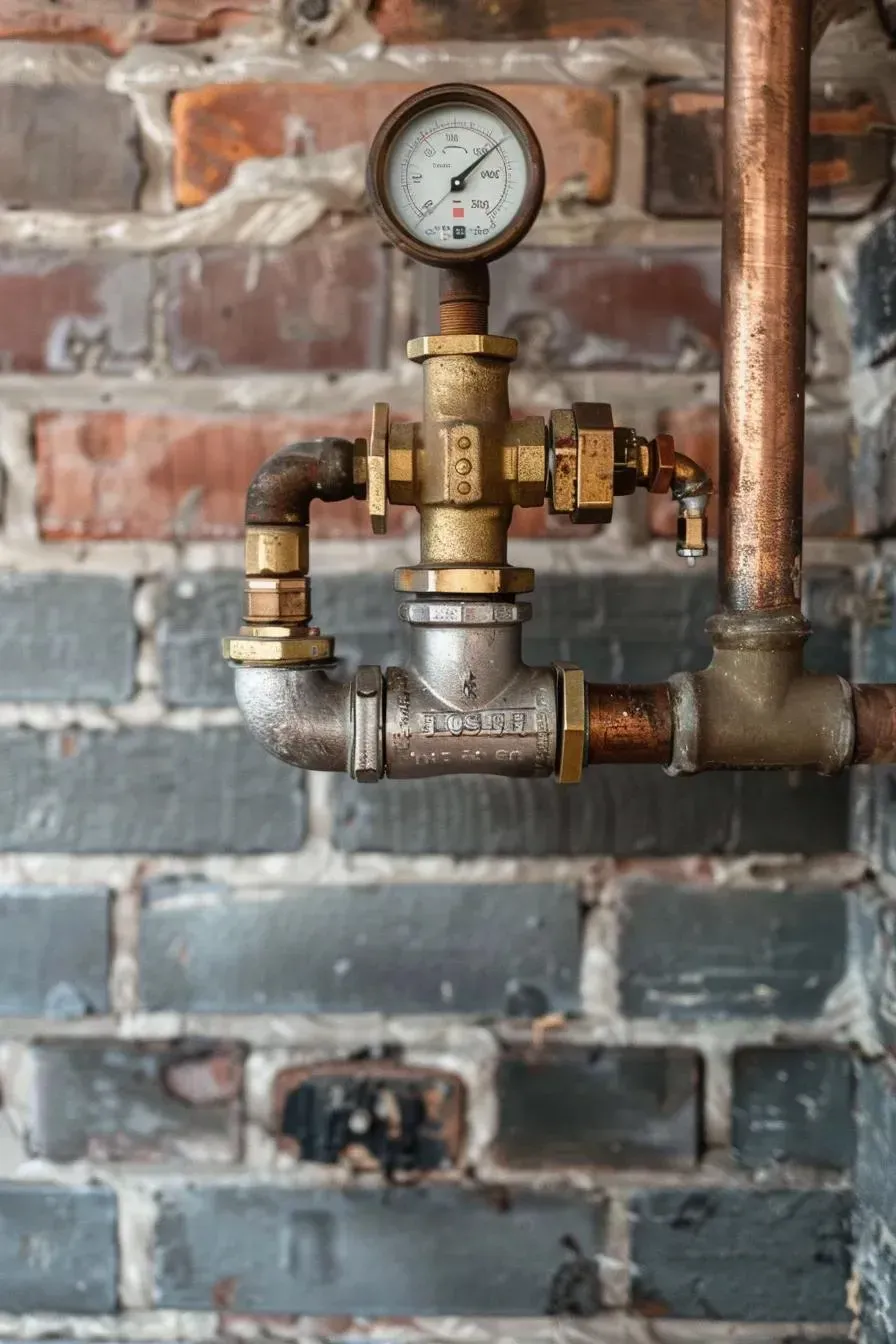
Most homes in Denver store their main shut-off valve:
- In the basement or utility room near where the water line enters
- Adjacent to the water meter, often outside near the street
- Inside garages or crawl spaces in older properties
Knowing its location ensures rapid response in any emergency scenario.
What Are the Different Types of Water Shut-off Valves and How Do You Operate Them?
The most common valve designs include ball and gate valves, each requiring a specific motion to close
| Valve Type | Location Found | Operation |
|---|---|---|
| Ball Valve | Main line near meter or inside garage | Turn lever 90° clockwise to close |
| Gate Valve | Under sinks or meter base | Rotate wheel clockwise until tight |
Closing these valves stops the entire house supply, laying the groundwork for further containment.
How Do You Shut Off Water to Specific Fixtures?
Isolating individual fixtures helps maintain water in unaffected areas.
| Fixture | Valve Location | Closing Method |
|---|---|---|
| Kitchen Sink | Under sink cabinet | Turn knob clockwise until tight |
| Toilet | Behind bowl near floor | Rotate small handle clockwise |
| Water Heater | Cold-water inlet pipe | Flip lever or turn knob to off |
Targeted shut-offs preserve water access elsewhere while you address the emergency.
Should You Turn Off Your Water Heater During a Plumbing Emergency?
Yes, disabling your water heater prevents pressure buildup and potential tank damage.
How Do You Safely Turn Off Electric and Gas Water Heaters?
For electric models, switch off the breaker labeled “Hot Water Heater.” For gas units:
- Locate the gas control valve on the heater’s front
- Turn the knob to “Off” and shut off the gas supply lever
How to Turn Off Gas Water Heater
In an emergency, shutting off the gas supply to a water heater is a critical safety measure. The gas valve is typically located near the base of the water heater and can be turned off by rotating it 90 degrees. Turning off the water supply is also important.
This source provides specific instructions on how to safely turn off a gas water heater, which is directly relevant to the article's section on water heater safety during plumbing emergencies.
Why Is Turning Off the Water Heater Important During Leaks?
A submerged or flooded heater can short out or corrode heating elements, risking fire or explosion. Shutting down the heater:
- Prevents pressure buildup in closed systems
- Minimizes risk of electrical faults and gas ignition
- Protects the appliance from irreparable water damage
With the heater off, you safeguard both equipment and occupants.
What Immediate Actions Can You Take to Contain Water and Prevent Further Damage?
Containing water limits the spread of moisture and protects belongings.
How Do You Use Towels, Buckets, and Wet Vacs Effectively?
Begin by soaking up standing water and directing drips into buckets:
- Layer absorbent towels along leak paths
- Position buckets directly under drips
- Employ a wet vacuum to clear shallow puddles
Acting fast reduces the soaked area and quickens drying.
What Safety Precautions Should You Follow Around Electricity and Gas?
Water and utilities form a dangerous combination. Always:
- Wear rubber-soled shoes and insulated gloves
- Keep power breakers off near flooded zones
- Avoid open flames or sparks if a gas odor persists
Maintaining distance from live circuits and gas fittings prevents shocks and combustion.
How Do You Document Damage for Insurance Purposes?
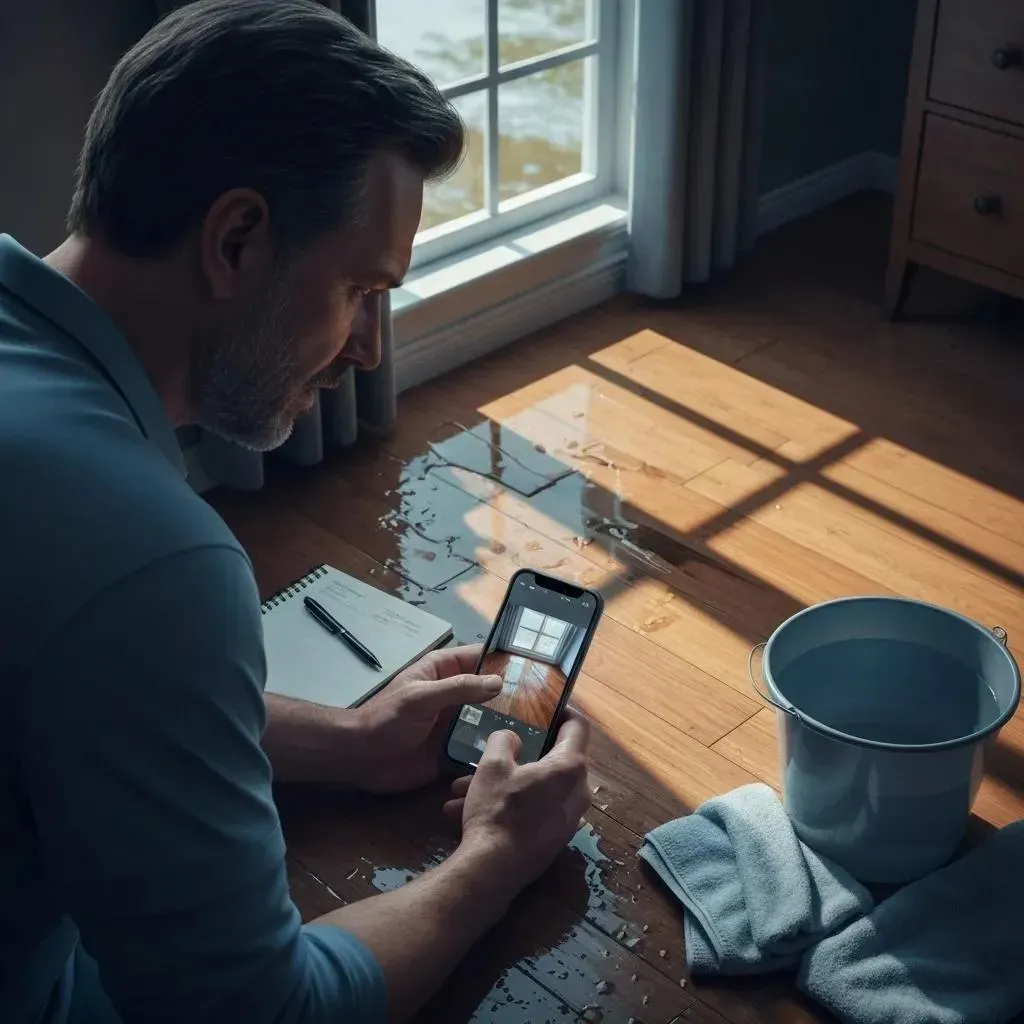
A clear record accelerates claims and restores funds promptly.
- Photograph all wet areas, damaged flooring, and fixtures
- Capture video walkthroughs of leaks in action
- Date-stamp files and note the location of each issue
Water Damage and Filing Claims with Insurance
Homeowners insurance typically covers sudden and accidental water damage, such as burst pipes or appliance leaks. It is important to document the damage and contact the insurer quickly after discovering the issue. Negligence or lack of maintenance can lead to claim denials.
This source provides information on how to file a water damage insurance claim, which is relevant to the article's advice on documenting damage for insurance purposes.
Comprehensive evidence ensures accurate coverage for repairs.
How Do You Assess the Situation and Identify the Source of the Plumbing Problem?
Diagnosis guides targeted repairs and prevents repeated failures.
What Are Common Signs of Burst Pipes, Clogged Drains, and Sewer Backups?
Each emergency carries distinct clues:
- Burst Pipes: High-pressure water spray, sudden wall saturation
- Clogged Drains: Slow drainage, gurgling sounds, backed-up sinks
- Sewer Backups: Raw sewage odors, water from floor drains
Understanding these signs steers you to a faster resolution.
How Can You Safely Inspect Pipes and Fixtures Without Causing More Damage?
Gentle inspection avoids exacerbating leaks:
- Dry the area around fittings before touching
- Apply minimal pressure when feeling for loose joints
- Use a flashlight to trace moisture trails visually
These methods preserve pipe integrity while identifying failure points.
When Should You Call a 24/7 Emergency Plumber in Denver?
Immediate professional help is vital for critical failures that outstrip DIY remedies.
What Plumbing Emergencies Require Immediate Professional Help?
Engage an emergency plumber at the first sign of:
- Uncontrolled Flooding from burst mains
- Raw Sewage Overflow posing health risks
- Suspected Gas Leaks near appliances
- Inaccessible Valves that you cannot shut off
A prompt call stops damage progression and restores system safety.
How Does Accountable Home Plumbing Provide Reliable 24/7 Emergency Service?
Accountable Home Plumbing – Denver’s Trusted Plumbers combines:
- 24/7 availability for any hour plumbing crises
- Upfront pricing that eliminates surprise fees
- Expert workmanship guaranteed by licensed, insured technicians
This local emergency plumbing team ensures rapid, transparent repairs.
How Can You Contact Accountable Home Plumbing Quickly During an Emergency?
Call or schedule service immediately at (720) 000-1234, or visit Accountable Home Plumbing – Denver’s Trusted Plumbers to request same-day assistance online. Rapid contact channels save precious minutes and limit damage.
How Can You Prevent Future Plumbing Emergencies?
Routine care and smart upgrades reduce the risk of sudden failures.
What Regular Maintenance Tips Help Avoid Plumbing Crises?
Carry out these tasks to keep systems in top shape:
| Maintenance Task | Recommended Frequency | Primary Benefit |
|---|---|---|
| Inspect supply lines | Quarterly | Identifies small leaks before bursts |
| Test shut-off valves | Bi-annually | Ensures immediate shutdown ability |
| Clear drain traps | Monthly | Prevents buildup and backups |
Preventing Plumbing Disasters: Tips to Safeguard Your Home
Preventative measures, such as regular inspections and addressing small leaks promptly, are key to avoiding plumbing emergencies. Knowing the location of shut-off valves and creating an emergency plumbing kit can also save time and reduce damage.
This source emphasizes the importance of preventative measures to avoid plumbing emergencies, which supports the article's section on preventing future crises.
How Do Smart Home Technologies Assist in Early Leak Detection?
Smart sensors and automated valves spot issues instantly:
- Leak Detectors under sinks and near water heaters send alerts
- Smart Shut-off Valves close supply automatically on leak detection
- Water Usage Monitors flag abnormal flows that indicate hidden drips
Early warnings translate into far less damage and lower repair bills.
When Should You Schedule Professional Plumbing Inspections?
Annual expert reviews guarantee system health, especially if you own an older home. A licensed technician can:
- Check for corrosion, pressure irregularities, and wear
- Recommend component replacements before failure
- Validate safety features are functioning correctly
Consistent inspections form the foundation of a worry-free plumbing system.
Having these steps at your fingertips empowers you to control every aspect of an emergency plumbing event—from the moment water first escapes to final professional repair. In urgent situations, count on Accountable Home Plumbing’s expert 24/7 response to restore your home’s safety and comfort. For immediate assistance, reach out right now and secure peace of mind before water damage escalates.
